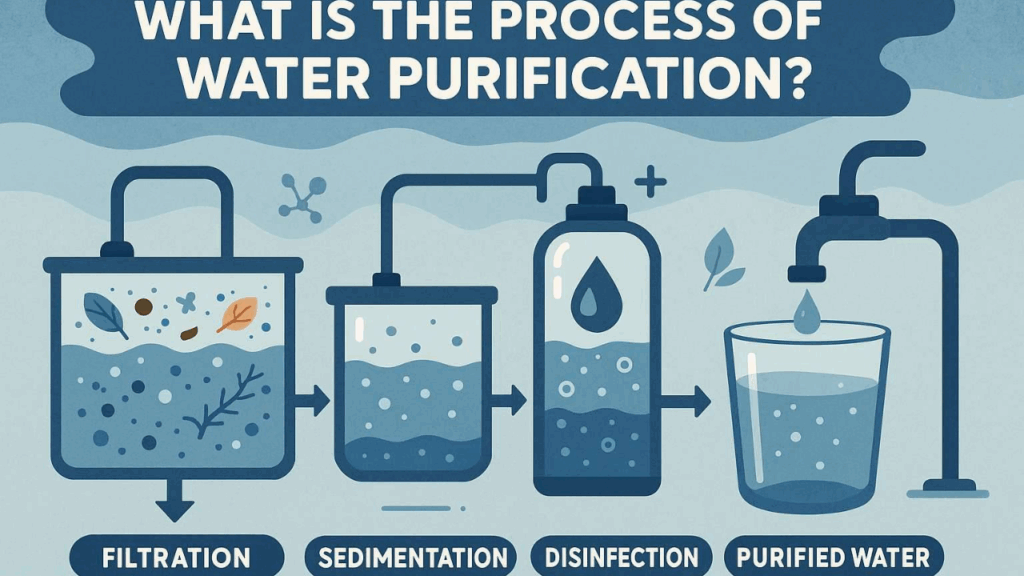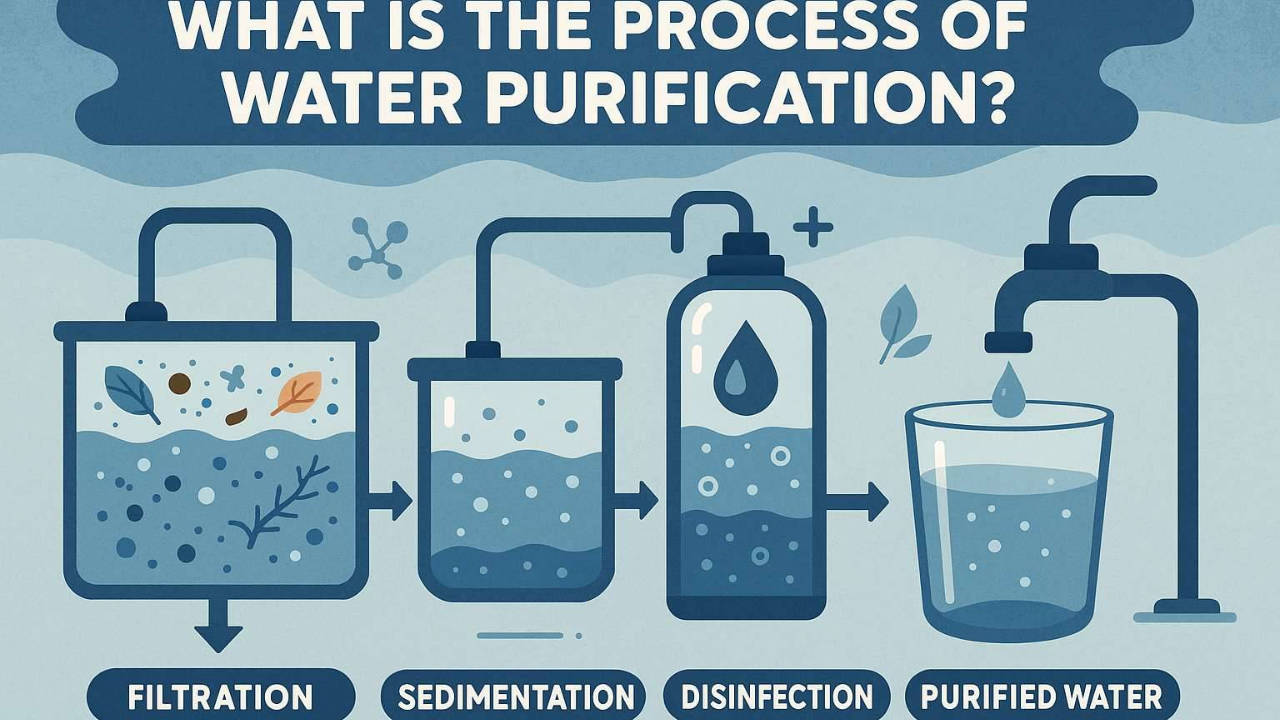
Water scarcity is becoming one of the biggest global challenges, and recycled water has emerged as a practical solution to ensure a sustainable supply. But many people wonder: how exactly is wastewater transformed into clean, safe, and reusable water? The process involves a series of well-structured treatment stages that eliminate contaminants, making the water suitable for agricultural, industrial, and even indirect potable uses.
This article explains the step-by-step process of recycled water treatment, its key stages, and why each step is crucial for public health and environmental protection.
Why Treat Wastewater?
Before diving into the process, it’s important to understand why wastewater needs extensive treatment:
- Protect public health: Untreated wastewater carries harmful bacteria, viruses, and chemicals.
- Environmental protection: Recycling reduces the load on rivers, lakes, and oceans.
- Resource recovery: Treated water can be reused for irrigation, landscaping, and industrial cooling.
- Sustainability: Reduces the demand for freshwater resources.
Step-by-Step Process of Recycled Water Treatment
1. Preliminary Treatment
This is the first stage where large solids and debris are removed.
- Screens and grit chambers trap plastics, rags, sand, and stones.
- Prevents damage to pumps and machinery in later stages.
2. Primary Treatment
The water then flows into large sedimentation tanks.
- Solids settle at the bottom as sludge.
- Oils and grease float to the top and are skimmed off.
- Removes about 50–60% of suspended solids.
3. Secondary (Biological) Treatment
At this stage, microorganisms are used to break down organic matter.
- Activated sludge process or trickling filters are commonly used.
- Bacteria digest waste, reducing biological oxygen demand (BOD).
- Removes up to 90% of organic pollutants.
4. Tertiary Treatment
Advanced treatment to further polish the water.
- Filtration: Sand or membrane filters remove remaining fine particles.
- Nutrient removal: Nitrogen and phosphorus are removed to prevent algae growth in the environment.
- Produces water that looks clear and odor-free.
5. Disinfection
This is the final step before recycled water is reused.
- Methods: Chlorination, UV radiation, or ozonation.
- Kills any remaining bacteria, viruses, and pathogens.
- Ensures water meets safety standards.
6. Advanced Purification (Optional)
When recycled water is intended for potable reuse, additional processes are used:
- Microfiltration & ultrafiltration remove microscopic contaminants.
- Reverse osmosis (RO): Eliminates salts, heavy metals, and trace chemicals.
- Advanced oxidation: Breaks down residual pharmaceuticals and chemicals.
Table: Overview of Recycled Water Treatment Stages
| Stage | Main Process | Purpose |
|---|---|---|
| Preliminary Treatment | Screening & grit removal | Removes large solids and debris |
| Primary Treatment | Sedimentation tanks | Separates sludge, grease, and oils |
| Secondary Treatment | Biological treatment (activated sludge) | Breaks down organic matter |
| Tertiary Treatment | Filtration & nutrient removal | Produces clearer, safer water |
| Disinfection | Chlorination, UV, ozone | Kills harmful microorganisms |
| Advanced Purification | RO, microfiltration, oxidation | Produces potable-quality recycled water |
Benefits of Recycled Water Treatment
- Safe reuse for irrigation and industries
- Reduced demand on freshwater supplies
- Less pollution in rivers and oceans
- Sustainable urban water management
Common Uses of Recycled Water
- Agricultural irrigation (crops, orchards)
- Landscape irrigation (parks, golf courses)
- Industrial uses (cooling towers, manufacturing)
- Groundwater recharge
- Indirect potable reuse after advanced purification
Overview Table
| Treatment Step | Key Benefit | End Result |
|---|---|---|
| Preliminary | Protects machinery | Large debris removed |
| Primary | Removes suspended solids | Cleaner water flow for next step |
| Secondary | Breaks down organic matter | Water free of most pollutants |
| Tertiary | Removes nutrients & fine dirt | Crystal-clear, odor-free water |
| Disinfection | Destroys pathogens | Safe for irrigation & non-potable use |
| Advanced Purification | Removes salts & chemicals | Potable-grade recycled water |
Final Thoughts
Recycled water treatment is a carefully engineered, multi-stage process that ensures wastewater is transformed into a valuable resource. From removing large debris to advanced purification technologies, every stage plays a vital role in protecting health, preserving ecosystems, and ensuring water security for the future.
By understanding these steps, we can appreciate how recycled water is not just a backup option but a sustainable necessity for modern communities.
FAQs
Q1: Is recycled water safe to drink?
Yes, after advanced purification (like reverse osmosis), recycled water can be as safe—or even safer—than conventional drinking water.
Q2: What is the most important step in water recycling?
Every stage matters, but disinfection and advanced purification are critical for ensuring safety.
Q3: Can recycled water be used for farming?
Yes, it is widely used for irrigation in agriculture, providing nutrients and reducing demand on freshwater supplies.

